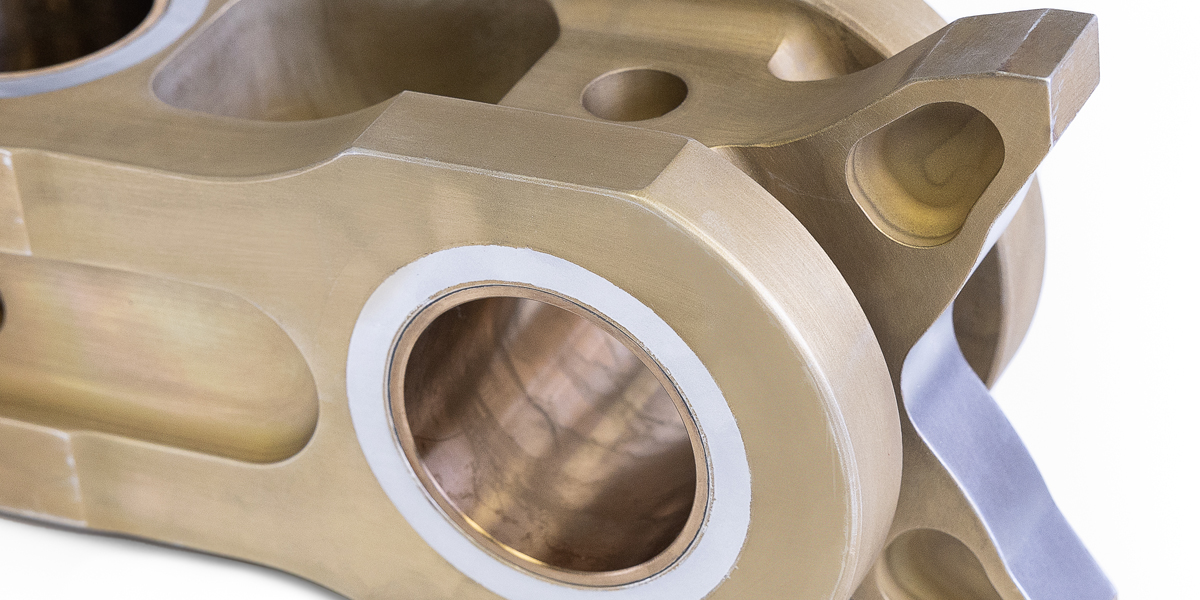In the world of materials and metals, the battle against corrosion is a constant one. As industries strive for longevity, resilience, and efficiency, innovative methods emerge to safeguard the integrity of metal surfaces. One such method, Chromate Conversion, stands as a beacon of protection, offering not only defense against the elements but also enhanced performance. In this blog post, we delve into the chemistry and significance of Chromate Conversion—a process that transforms metals into fortified sentinels against corrosion.
Understanding Chromate Conversion: A Corrosion Barrier
Imagine a world where metals stand strong against the forces of nature, where the ravages of time are kept at bay. This is the realm of Chromate Conversion, a chemical process that bestows metals, especially aluminum, with a protective layer that acts as a formidable barrier against corrosion.
The Alchemy of Protection: How It Works
The journey of Chromate Conversion begins with a chemical dance—a delicate interaction between the metal’s surface and a solution containing chromate compounds. This interaction births a thin, yet mighty, layer that clings to the metal’s surface. It’s this layer that forms the ultimate defense, resisting the advances of moisture, oxidation, and other corrosive agents.
Guarding More Than Metal: Benefits Beyond Corrosion Resistance
While the primary goal of Chromate Conversion is to thwart corrosion, its influence goes beyond surface protection. One of its notable attributes is its ability to enhance paint adhesion. This means that the treated metal becomes an even better canvas for subsequent coatings, leading to finishes that are both vibrant and enduring.
Connecting with Conductivity: The Electrical Link
In a world where electrical connectivity is paramount, Chromate Conversion maintains its versatility. The process preserves the electrical conductivity of the metal, making it an excellent choice for applications that require the flow of electrons. From electronics to aerospace, this conductivity opens doors to innovation and efficiency.
The Environmental Equation: Balancing Benefits and Concerns
As with any technology, the benefits of Chromate Conversion come hand in hand with considerations. The process involves the use of chromic acid and hexavalent chromium compounds, which have raised environmental and health concerns. As a result, there has been a movement towards exploring alternatives that offer similar advantages while minimizing the impact on both human health and the environment.
Into the Future: Safeguarding Surfaces with Science
In a world where metals are pushed to their limits, where innovation is the key to progress, Chromate Conversion holds its ground as a protector of possibilities. As technology evolves, so does our understanding of the delicate balance between advancements and responsibility. Through the lens of science and sustainability, we journey toward solutions that shield our creations and our planet.
Conclusion: A Coat of Resilience for Tomorrow
Chromate Conversion stands as a testament to the marriage of chemistry and innovation. It’s a process that fortifies metals against the relentless forces of corrosion, ensuring they stand strong for generations to come. As we explore the potential of materials, let us remember that progress must go hand in hand with responsibility—an obligation to leave a legacy that embraces both the marvels of science and the preservation of our world.
